1
HOME > Food & Drink >
5 THINGS YOU DIDN’T KNOW ABOUT CHAMPAGNE
THERE'S A FEW THINGS YOU DON’T KNOW ABOUT THIS FRENCH PRODUCED TIPPLE
Written by Menswear Style in Food & Drink on the 21st March 2016
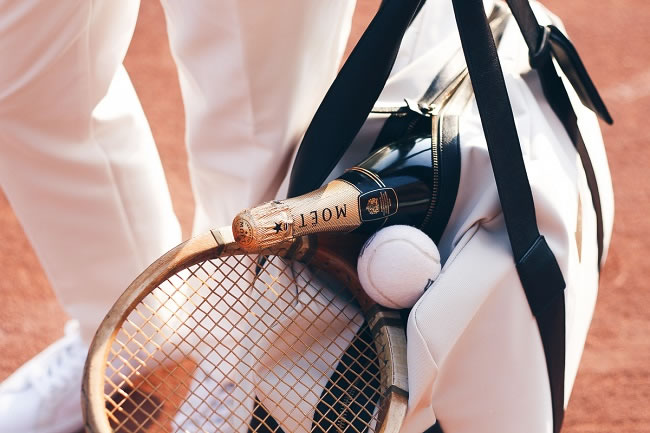
We all know that Champagne is both a luxury and elegant alcoholic drink full of bubbles, and that the UK can’t get enough of the stuff – but there’s a few other things we’re sure you don’t know about this French produced tipple. Read on to find out...
1) You can visit the vineyards of Maison Moët via a virtual reality experience
Champagne enthusiasts may know that, in order to be called champagne, it must be produced in the region of Champagne, France. This may also bring up complicated feelings if they live far away from Champagne and do not have the chance to experience the process of champagne-making without involving long lost schoolboy French. This March 21st - April 3rd, however, Moët has created a virtual reality experience at the Moët Academy whereby guests can visually participate in each step of the production process all from the comfort of Greek Street in Soho. Tickets are £45 for a 90 minute session which includes an expert-led 7-wine tasting session of a variety of Moët champagnes with the likes of Jane Parkinson, Simon Stockton, Susie Barrie and Peter Richards. Visit Moëtacademy.co.uk for more information and tickets.
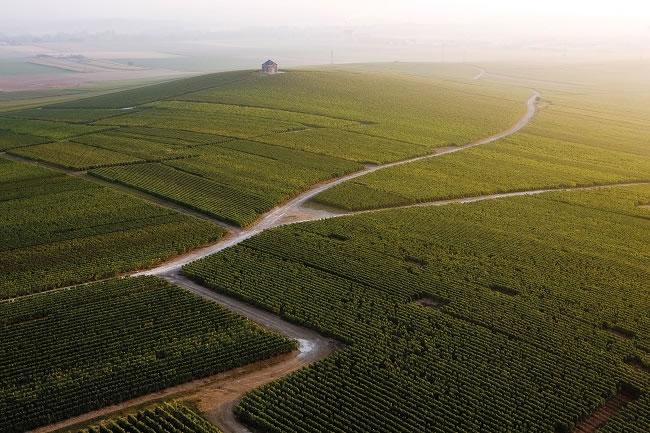
2) The region of champagne in France is a UNESCO protected area
The region of Champagne in France is a UNESCO protected area, also known as a World Heritage Site. This means that it has been recognised as a site of ‘outstanding universal value’ by the United Nations Educational, Scientific and Cultural Organization. Moët & Chandon’s cellars on the Avenue de Champagne in Épernay, France, as well as the brand’s gardens and reception area at the Orangerie on the Avenue de Champagne are among the inscribed properties, reinforcing the position of champagne in society beyond products.
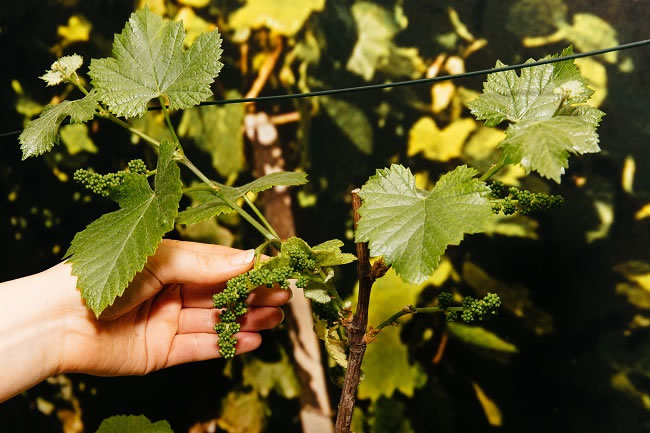
3) Champagne and Prosecco share no grape varieties in common
Most of us are aware that there is a difference between champagne and prosecco, but we might not know what it is. In fact, champagne and prosecco have very little in common at all, apart from both being sparkling. Champagne is produced from Chardonnay, Pinot noir and Meunier grapes (in Champagne, France, naturally), whereas prosecco is produced from the glera grape in the Veneto region of Italy. This, as well as the different methods by which they are made, produces strikingly different bouquets, resulting in champagne’s signature taste palette of toast, baked apple, almond, citrus and peach, and prosecco’s hints of pear, green apple, and honeydew melon.
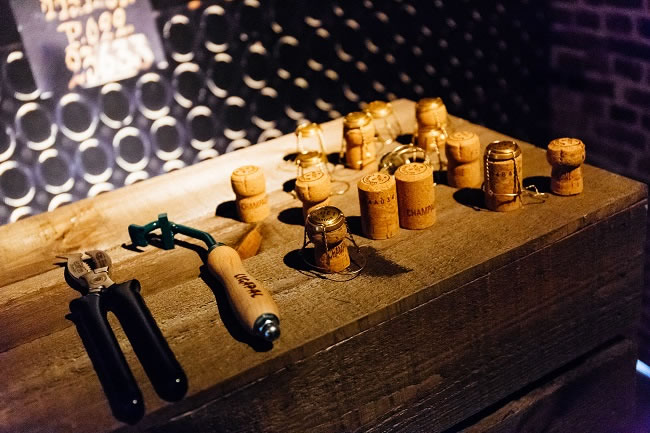
4) NV on a bottle of champagne denotes non-vintage
If you’ve ever stared at a bottle of champagne, trying to decode the NV on the label (Non Vegan? Neutral Vibe?), it’s time to dispel the mystery. NV stands for Non-Vintage, meaning the grapes used in production are sourced from different years. This maintains the consistency of the champagne. Vintage champagne, by contrast, is produced from grapes sourced from specific years, and aged for a minimum of three years. There are legal minimum requirements in Champagne for ageing on lees (in the bottle). The legal requirement for non-vintage is 15 months, vintage is 30 months. At houses such as Moët & Chandon however, non-vintage is aged for a minimum of 2 years and about 7 years for vintages.
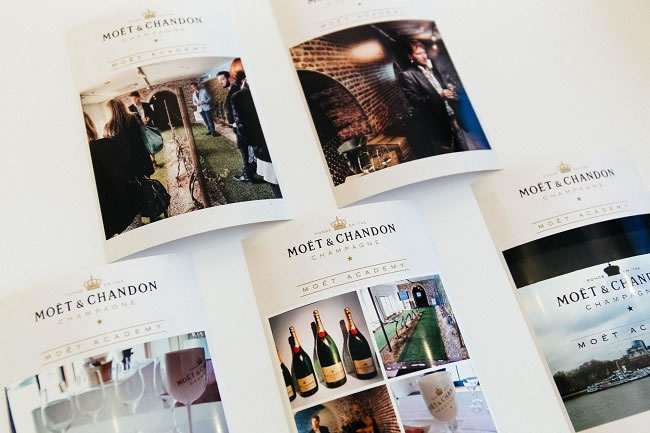
5) You can drink champagne over ice
One of the cardinal rules of champagne is that it should be chilled (hence why the educated drinker holds his glass by the stem), but shouldn’t be iced. Recognising this makes for a short window of enjoyment and tricky for hot summer days, Moët has done its part to resolve this issue by creating a new version of champagne to be served over ice. Moët Ice Imperial has been specifically created to be enjoyed with ice, keeping chilled for longer without losing any of the flavour. Moët has recently come out with Moët Ice Impérial Rosé as well. One small step for man, one giant leap for champagne drinkers everywhere.
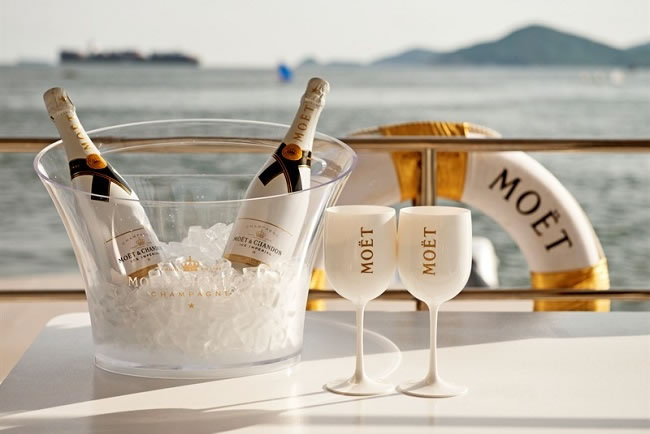
Trending
2
3
4
5
6
7
8
9
10









